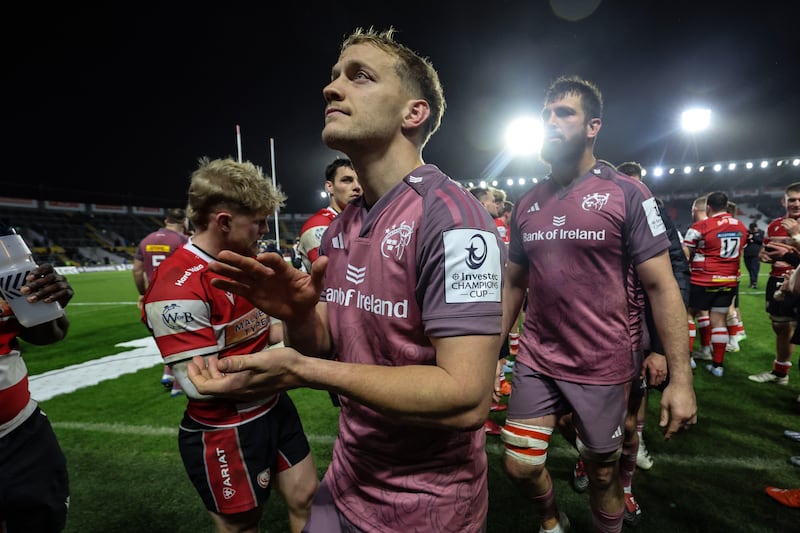James Riordan and Francis Flannery became hooked on the underwater world of seabed surveying while working as researchers at the marine robotics research centre at the University of Limerick.
The centre is heavily involved in the development of automated technologies for unmanned underwater robots and having been involved in numerous expeditions, Riordan and Flannery identified numerous deficiencies in existing seabed survey software they believed they could fix.
In 2011, they founded SonarSim to develop and supply sonar simulation and automation software to the seabed survey industry. They have since developed two technologies: a seabed survey training simulator and a software product called MAP (Multibeam AutoPilot).
Since 2011 they have launched a number of iterations of the simulator, which had its commercial launch in March 2015 with customers in the United Arab Emirates and Saudi Arabia. The company will begin offshore verification trials of MAP with the Geological Survey of Ireland over the coming months and a new version of the product will be launched at the Shallow Survey industry meeting in the UK later this year. This launch is significant, as it will showcase the company's technology to the main players in their sector.
“We were acutely aware of how commercially available survey software was lacking and of the effect this was having on survey productivity,” Flannery says. “For example, conservative estimates indicate that a minimum of 10-15 per cent of offshore survey time is lost collecting redundant data and correcting errors. The root causes are the manual processes and procedures in use. Relative to other capital intensive industries, the seabed survey sector has a significant deficit in value added software.”
Riordan is an electronics engineer with a PhD in computational ocean acoustics. Flannery is also an electronics engineer, with 10 years in software R&D and commercialisation. To date it has cost about €700,000 to develop the products. This was financed with seed funding from the Limerick City Enterprise Board and Limerick Institute of Technology and research funding from the European Commission and Science Foundation Ireland under the MarEI project.
A major breakthrough was being selected to participate in INFOMAR, a joint Irish Marine Institute and Geological Survey of Ireland project.
“Our software unlocks tangible efficiencies in the use of survey ships, which typically cost tens of thousands per day to operate,” Riordan says.
“By predicting, simplifying and automating survey processes using smart high performance software, we can reduce ship time requirements significantly across mapping, testing, and training and also decrease the possibility of survey mistakes.”
The company’s software is aimed at large-scale hydrographic survey organisations. This includes State and commercial operators and most of its sales will be export. The revenue model is a licensing agreement. The company employs three with more jobs to come.
Riordan says one of the product’s biggest selling points is that it can save survey organisations a great deal of money. “Our software can effectively double the profit margins on survey ships. Our acoustic modelling and simulation software contain the fastest computational algorithms available. Critically it is also fast enough to be real-time. Achieving this has unlocked a new market for us as it means changes in sensor data can be reacted to immediately and corrections made automatically. This saves our clients a lot of money through efficiency gains.”
Flannery says both of the company’s products are disruptive and that few other organisations have the combination of multidisciplinary skills and multidisciplinary technology transfer that Sonar Sim has.




















